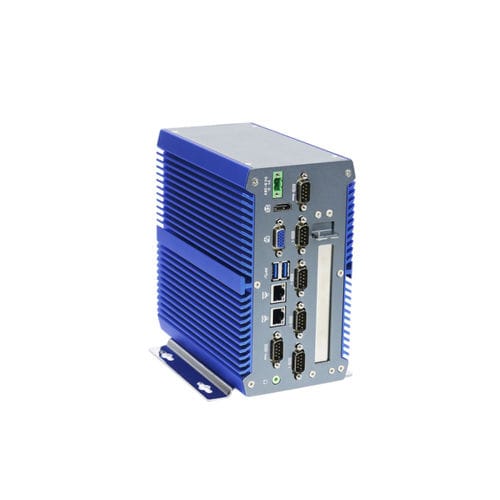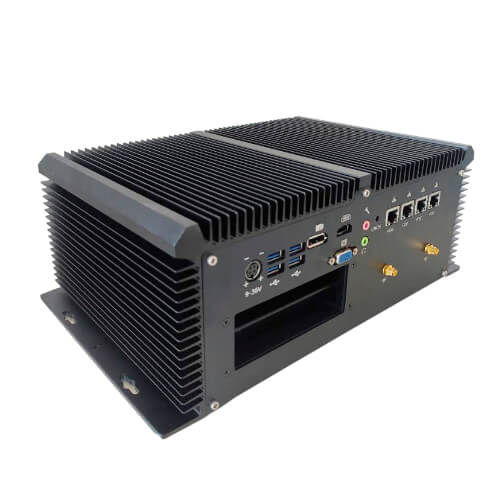
#Product Trends
What is an IoT node?
IOT nodes are responsible for receiving and collecting information from the entire IOT network.
The nodes are part of the IOT architecture, they function as an interconnection between the base and the rest of the network. The devices that form the IOT nodes are responsible for collecting data. They form part of the physical IOT and act as an intermediary between the physical and the internet.
The main functions of the devices used to be IOT nodes are to receive and collect information from the entire IOT network and to manage the interconnections of the rest of the devices, systems and users that make up the entire network. Subsequently, they process and analyse this data to send it to the local server or cloud to be transformed from there into valuable and useful information.
IOT nodes can be sensors of different types (pressure, rotation, speed...), USB, Bluetooth, cores, voltage regulators ....
What is edge computing for?
Edge computing is a system for collecting and analysing data captured by other devices such as nodes. It is the closest plane to the device and the physical world.
This process is the complete opposite of cloud computing, because unlike edge computing, it consists of the exploitation of data in a cloud without any hardware, so it is necessary to send and process the information online.
Advantages of edge computing in industry
Savings in bandwidth. As no data is transmitted to the cloud, the network connection has less latency.
Speed. As the nodes that collect data are closer to the edge device, the time it takes to send, receive and process data is faster.
Cybersecurity. As data is transmitted across multiple devices rather than in a single cloud, the IoT network is less susceptible to attacks or data loss.
Improved node performance. Both improved network latency and data rates have an impact on node performance.







